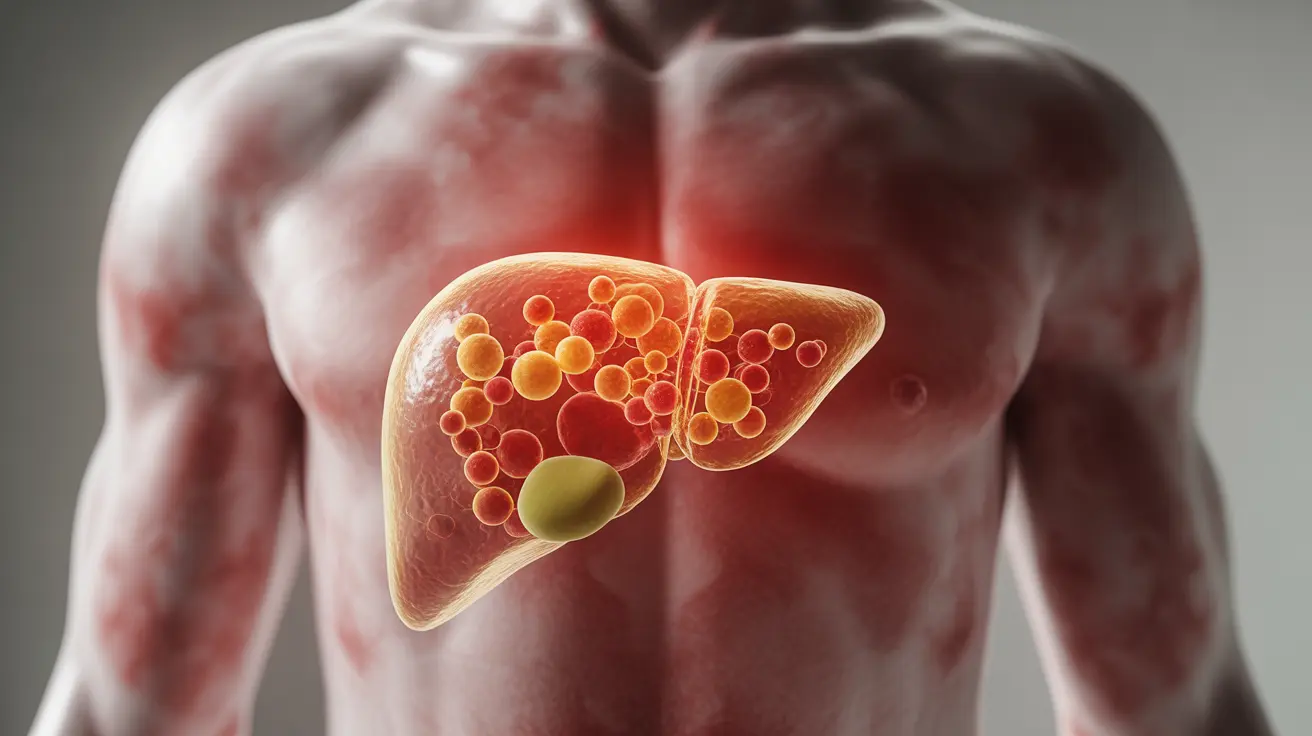C-reactive protein (CRP) is a crucial biomarker produced by your liver in response to inflammation throughout your body. This important protein serves as a valuable diagnostic tool, helping healthcare providers identify and monitor various inflammatory conditions, assess cardiovascular risk, and track treatment effectiveness.
Whether you're dealing with chronic inflammation, autoimmune conditions, or concerns about heart health, understanding CRP's role can provide vital insights into your overall health status. Let's explore what CRP levels mean and how this marker can guide healthcare decisions.
What is C-Reactive Protein?
C-reactive protein is an acute-phase protein that increases rapidly in response to inflammation or infection in your body. Your liver produces more CRP when inflammatory signals are detected, making it a reliable indicator of systemic inflammation. Healthcare providers often use CRP tests to detect and monitor inflammatory conditions, ranging from infections to chronic diseases.
Types of CRP Tests
Standard CRP Test
The standard CRP test measures higher levels of inflammation and is typically used to monitor conditions like infections, autoimmune disorders, and inflammatory bowel disease. This test can detect CRP levels ranging from 10 to 1000 mg/L.
High-Sensitivity CRP Test (hs-CRP)
The hs-CRP test can detect much lower levels of inflammation, making it particularly useful for assessing cardiovascular risk. This test measures CRP levels below 10 mg/L and can help predict the risk of heart disease and stroke.
Understanding CRP Test Results
CRP levels are measured in milligrams per liter (mg/L) of blood. Generally, results are interpreted as follows:
- Less than 1 mg/L: Low risk
- 1 to 3 mg/L: Moderate risk
- Above 3 mg/L: High risk
- Above 10 mg/L: Significant inflammation present
Clinical Applications of CRP Testing
Healthcare providers use CRP testing in various clinical scenarios to:
- Monitor inflammatory conditions like rheumatoid arthritis
- Assess infection severity and treatment response
- Evaluate cardiovascular disease risk
- Screen for post-surgical complications
- Monitor treatment effectiveness in inflammatory conditions
Factors That Can Affect CRP Levels
Several lifestyle and health factors can influence your CRP levels:
- Obesity
- Smoking
- Lack of physical activity
- Poor diet
- Chronic stress
- Certain medications
- Pregnancy
Managing CRP Levels Naturally
Several lifestyle modifications can help reduce CRP levels:
- Regular exercise
- Maintaining a healthy weight
- Following an anti-inflammatory diet
- Getting adequate sleep
- Stress management
- Quitting smoking
- Limiting alcohol consumption
Frequently Asked Questions
1. What does a high C-reactive protein (CRP) level indicate in my body? High CRP levels indicate the presence of inflammation in your body. This could be due to various conditions, including infections, autoimmune disorders, or cardiovascular disease.
2. How is a CRP test used to diagnose or monitor inflammatory conditions like rheumatoid arthritis? CRP tests help healthcare providers track disease activity and treatment response in inflammatory conditions. Regular monitoring can show whether treatments are effectively reducing inflammation.
3. Can CRP levels be used to predict the risk of heart disease or stroke? Yes, especially when measured using the hs-CRP test. Higher levels are associated with increased cardiovascular risk, helping healthcare providers assess and manage heart disease risk.
4. What are some lifestyle changes that can help reduce CRP levels naturally? Regular exercise, maintaining a healthy weight, following an anti-inflammatory diet, managing stress, and getting adequate sleep can all help reduce CRP levels naturally.
5. How often should CRP tests be repeated to monitor inflammation and treatment response? The frequency of CRP testing depends on your specific condition and treatment plan. Your healthcare provider will determine the appropriate testing schedule based on your individual circumstances and response to treatment.




